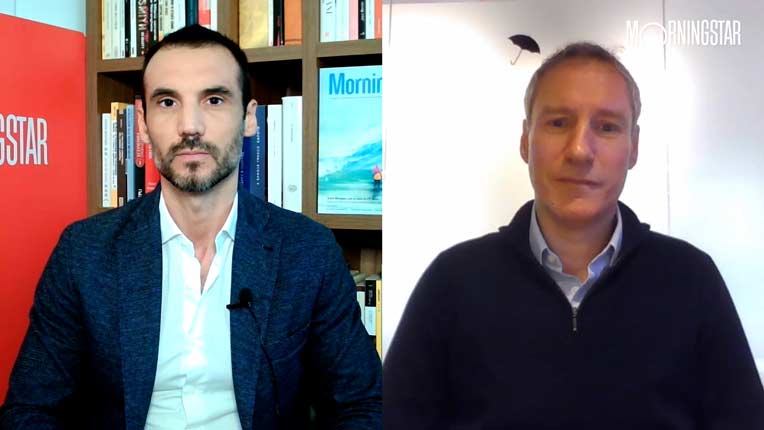Karen Wallace: New Morningstar research suggests that taking an indiscriminate approach to dividend investing can be risky. Here to discuss the findings is Dan Lefkovitz. He is a strategist in our Morningstar indexes group.
Dan, thanks so much for being here.
Dan Lefkovitz: Great to be here, Karen.
Wallace: One of the takeaways from your research is that investors can reduce the risk of investing in a dividend trap or a company that's likely to cut its dividend by focusing on a few metrics. What were a few of the metrics?
Lefkovitz: My colleagues and I in the indexes team at Morningstar looked at the predictive power of economic moat and distance to default on dividend sustainability. The Morningstar Economic Moat rating is assigned by our equity analysts. A company with a moat around its business is able to sustain its profits and fend off competition. Distance to default is a measure of balance sheet strength. It gauges the likelihood of bankruptcy. It looks at leverage and volatility and gauges whether the sum of a firm's assets are at risk of falling below its liabilities. We found that the wider the economic moat and the better the distance to default score, the less likely for a firm to cut its dividend.
Wallace: In 2010, Morningstar launched the Dividend Yield Focus Index. Can you discuss the methodology and how that index targets sustainable yields?
Lefkovitz: We designed that index in the wake of the financial crisis. A lot of dividend strategies ran into trouble, whether they were active or rules-based passive strategies, ran into trouble in the financial crisis relying exclusively on backward-looking metrics, dividend history, dividend growth history, metrics like the payout ratio. They weren't able to forecast the future. We designed Dividend Yield Focus to be explicitly forward-looking in nature and we employed these proprietary measures, the moat rating and distance to default.
Wallace: The original study that you conducted on this topic was done on U.S. companies. But you recently, when you redid the study, you looked at a global landscape. Do you see similar trends in global markets?
Lefkovitz: Yeah, we do. In the years since 2010, dividend yield focus has been successful and we've expanded it. We have a globalized family to incorporate markets outside of the U.S. Dividend investors have a lot of great companies to choose from, from a yield perspective, outside of the U.S., and yields are often higher in foreign markets. We tested the ability of economic moat as well as quantitative extension of the moat rating that uses machine learning algorithm to replicate the analyst work, the quantitative economic moat rating, as well as distance to default. We found that the trend held across markets--that the wider the moat, the better the distance to default score, the more likely for a company to sustain its dividend.
Wallace: You also looked at the relationship between dividend-paying securities and interest rates, and you found a few surprises there.
Lefkovitz: The conventional wisdom is that when interest rates are high, investors prefer bonds and cash. When interest rates are low, they seek yield in the equity market. When rates rise, or rates are anticipated to rise, dividend-paying stocks often take a hit. But we tested whether this relationship between interest rates and dividend payers held over the long term. In periods of rising rates, did dividend-paying stocks suffer, and in periods of falling rates, did they outperform? We found that the relationship was far from straightforward. There are really a lot of factors that are at play. The wider context really matters. Just to sight one example, in the late '90s, the Fed was cutting interest rates in the wake of the financial crisis. But if you remember, in the late '90s, investors did not want dividend payers, they didn't even want earnings.
Wallace: Right. There's a lot of moving parts there.
Lefkovitz: Absolutely.
Wallace: What should investors take away from this study?
Lefkovitz: I think the most important thing is, there are a lot of reasons to invest in dividend-paying stocks. From a yield perspective, from a total return perspective as well, dividend payers really do very well. The dividend commitment instills a lot of discipline on corporate managers and studies have shown that a lot of the long-term total return from equity markets come from dividend payments, reinvested dividends. But you don't want to prioritize income at the expense of total return. You don't want to chase yield into stocks that are really risky and maybe will cut their dividend payments in the future or fall into financial distress.
Wallace: This is really interesting research. Thanks for being here to discuss it.
Lefkovitz: Thanks, Karen.
Wallace: For Morningstar, I'm Karen Wallace. Thanks for watching.




















